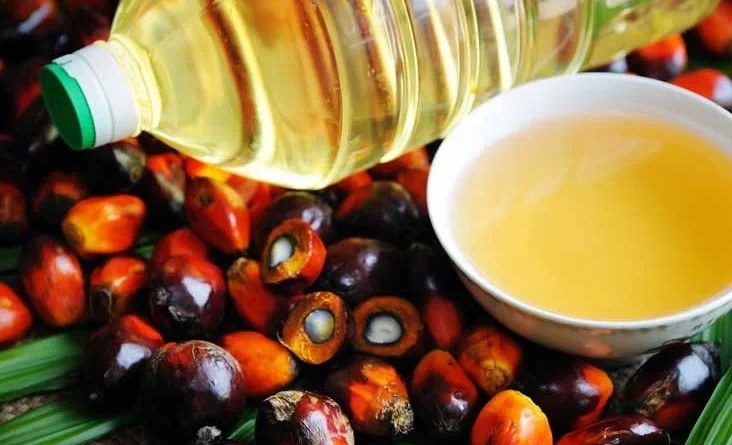Foodgrain, oilseed output pegged at 45 million tonnes in Uttar Pradesh
By Virendra Singh Rawat
Targeting a bumper harvest of food grain and oilseed crops, Uttar Pradesh (UP) is eyeing an output of nearly 45 million tonnes (MT) in rabi season 2023-24.
The state has witnessed cultivation on about 13.6 million hectares (MH) of land and harvest of 42.78 MT in the rabi season 2022-23. In the upcoming season, the state is estimated to cultivate food grains and oilseed crops on 13.45 MH of land, but expects 5 per cent higher harvest at 44.86 MT.
“We have drafted a multipronged strategy to boost the yield and productivity of food grain and oilseed crops in the coming rabi season,” a state government spokesperson said.
Rabi crops, also known as winter crops, are grown in October and November, and harvested in spring. Major rabi crops in India include wheat, barley, mustard, maize, sesame and peas.
Owing to remunerative prices and ready market, the Yogi Adityanath government is giving special emphasis on increasing the production of oilseeds and maize in the state. In UP, sowing of oilseeds is estimated at 1.3 MH of land and production is pegged at 1.15 MT. The major oilseeds grown in UP include groundnut, mustard, sesame etc.
The state is targeting 42.86 MT of food grain production and 2 MT of oilseeds production, thus totaling 44.86 MT. The targets are sub-divided into wheat, barley, maize, gram etc., as well as peas, lentils, mustard, rapeseed and linseed.

While India is among the leading oilseeds importers, higher oilseeds production will offer a ready market to farmers. In 2021, India imported oilseeds worth $2.39 billion, followed by China and Turkey at $1.34 billion and $1.27 billion, respectively.
India is also among the top five oilseeds producers with 20 per cent of the global oilseeds acreage under cultivation.
Apart from augmenting the income of farmers, the UP government is focusing on enhancing productivity while reducing the cost of production. To achieve greater cropping intensity, the farmers are encouraged to cultivate two-three crops in a year. They are nudged to sow rapeseeds in the fields vacant from sowing in the kharif season. While wheat cultivation spans the largest area in UP, its wheat productivity trails that of Punjab and Haryana due to lack of resources, unbalanced use of agri inputs and not taking advantage of modern technology.
This article has been republished from The Business Standard.

